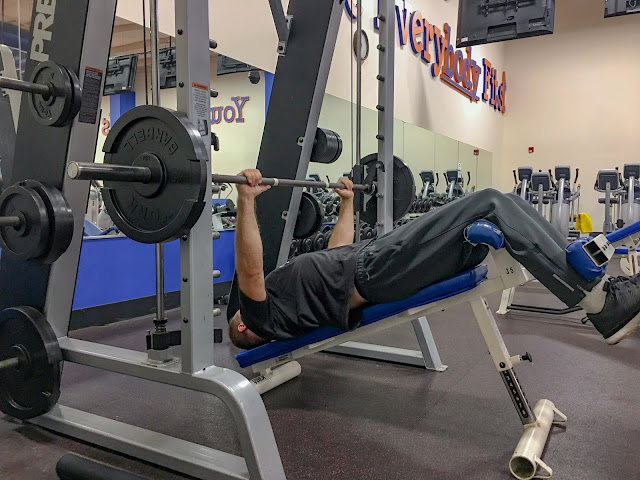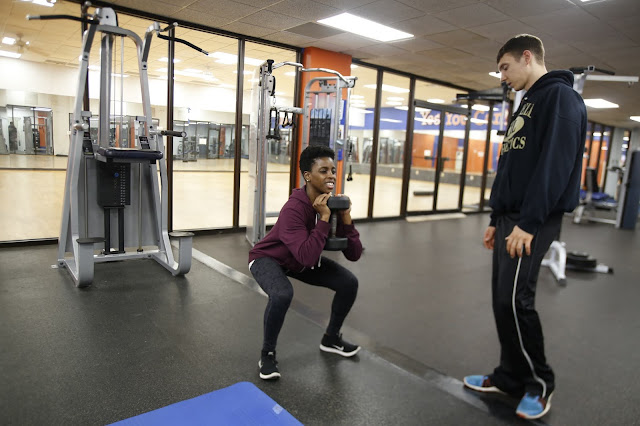Don’t Believe These 4 Commonly-Circulated Myths About Muscle Soreness
If you’ve recently started over with making regular fitness center workouts a part of your lifestyle, you’re prepared to face some discomfort. It starts with pulling yourself out of bed earlier than usual, continues as you try to catch your breath with lungs that feel like they’re on fire, and ends with one of the most dreaded discomforts of all —muscle soreness.
Many people misunderstand what muscle soreness indicates and how to respond to it, so we’d to dispel a few of the common myths and get you set up for fitness center success.
Myth #1: Only people who are out of shape experience muscle soreness
The crazy thing about muscle soreness is that, if you’re taking steps to improve yourself physically, you’ll never be “done” with it. While your breathing and heart rate will improve as you adjust to increasing cardiovascular intensity, muscles can be worked in so many ways that all but the most balanced of exercise programs will still result in occasional soreness. For example, elite athletes who focus on one sport may experience soreness when they switch to movements or activities their muscles aren’t used to.
That’s not to discourage you. As you get more fit, the severity and extent of soreness will lessen: it just won’t go away completely. On the positive side, you could think of soreness as “proof” you’re still challenging and changing your body.
Myth #2: You shouldn’t work out when you’re sore
We don’t feel like working out when we’re sore, and some even say it’s bad to work sore muscles because it hinders recovery. At the same time, not moving at all can leave you feeling stiff and hinder mobility. The answer? Recovery workouts.
Marathoners and body builders alike practice this principle to get through soreness. Tackle your next fitness gym workout, as usual, but with less intensity. This might mean doing fewer reps, decreasing the depth of your squats and lunges, running at a slower pace, or switching to a cross-training activity that works different muscles (or works them differently).
And, unless you did a full-body workout, you might only be sore in one area. So, if you’re sore from leg day, there’s no reason you can’t still get in a killer arm or ab workout.
Myth #3: “No pain, no gain”
On the other extreme, some people think pain is required to see progress. But, if you’re constantly sore, your body might not be getting the time it needs to recover and make improvements. That’s why it’s wise to balance and vary the intensity of your workouts.
It’s also important to recognize the difference between the pain of sore muscles and the pain of an injury. Regardless of how hard you worked out, it should only take about 3 days to recover. Also, when you start working out, the pain should dissipate. If you’re chronically sore or the pain intensifies when you work out, it might be time to visit the doctor.
Myth #4: Stretching can prevent and treat muscle soreness
Many trainers now advise against pre-workout stretching. It turns out that stretching your muscles when they’re cold decreases their power and strength and can even increase your chance of getting injured. You’re better off doing a light warmup. And, while post-workout stretching can help lengthen out your muscles after strength training, it doesn’t cure the micro-tears at the source of your muscle soreness.
Muscle soreness is an unpleasant thing we associate with working out, but it’s just part of the process that leads to the ultimate achievement of seeing changes in your body and fitness level. Listen to your body, adjust and vary your workouts, and eventually it won’t seem that bad, after all. Find a gym near you.



Comments
Post a Comment